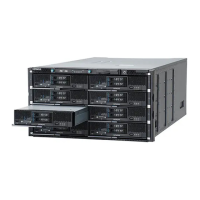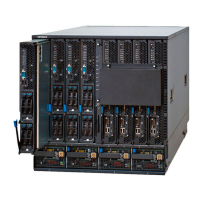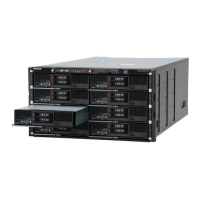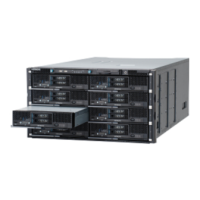b. In vmkernel debugger, type "r" and then press the Enter key.
c. After the system is restarted, use the local console to log in to the
ESXi host as root user.
d. Execute the esxcfg-dumppart -l command.
e. In the command execution result, take note of the Console Name
entries where both Is Active and Is Configured are "yes".
f. Execute the following command.
# esxcfg-dumppart -C -D [Console Name] noted down in Step 5
-n
After the system is restarted, verify that the memory dump was taken.
The output destination of the memory dump is /var/core/vmkernel-
zdump.X (initial setting). X indicates a number.
There might be more than one vmkernel-zdump.X file. Use the ls
command to check the dates of the files, and then look for the file that
has the time stamp of the system restart. This will be the dump file
generated this time. If you want to start the virtual machine after the
system is restarted, start the system according to normal operation
procedures. If you do not plan to start the virtual machine, start the
system in maintenance mode.
Taking a Memory Dump of the OS Running on a Server Blade
B-7
Hitachi Compute Blade 2500 Series Getting Started Guide

